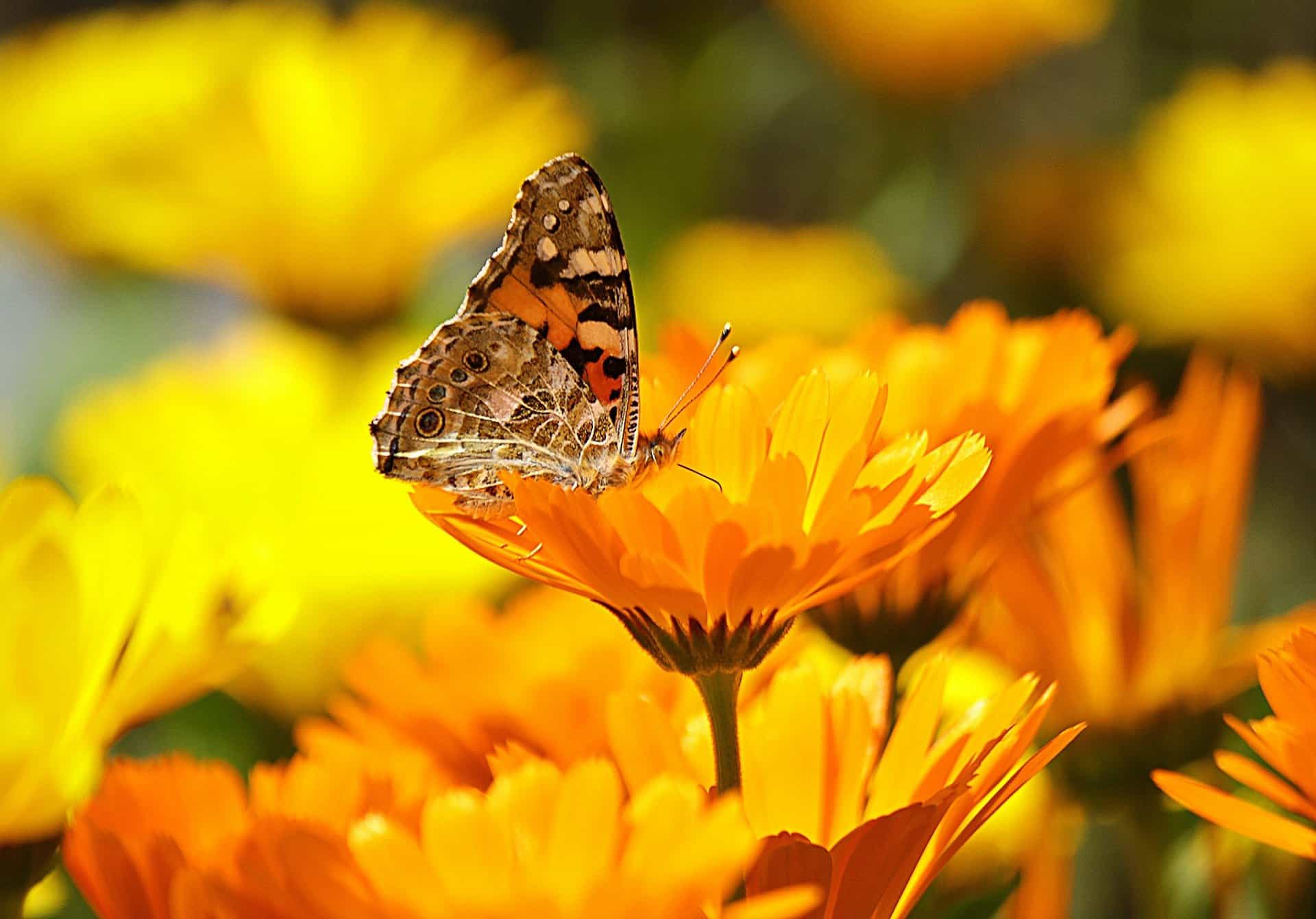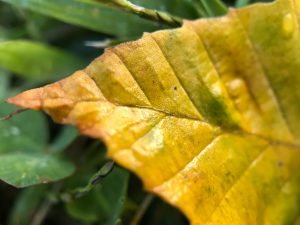Calendula is a wonderful plant that can be grown in most areas. It has bright orange flowers and beautiful leaves. And one of the most amazing things about calendula is how easy it is to grow in a wide range of conditions.
If you’re interested in learning how to grow Calendula continue reading this Calendula growing guide for more information.
Best Calendula Varieties
| Image | Name | Rating | Shop |
|---|---|---|---|
 | Sow Right Seeds – Ball’s Orange Calendula Seeds | ||
 | Calendula Dwarf Pacific Beauty Mix | ||
 | Outsidepride Calendula Flower Seed Mix |
Calendula Annual or Perennial
Calendula is planted as an annual flower in most areas, but it will perennialize in USDA hardiness zones 9 to 11. In most cases, calendula will start to die back once the weather starts to cool in the late fall or early winter. However, calendula will readily self-seed, so you can expect to see plenty of calendula volunteers in the spring.
Calendula Sun or Shade
Calendula needs to be planted in full sun, but in hotter areas, some light afternoon shade can help it suffer less stress from the heat.
Calendula Plant Spacing
Sow Calendula seeds evenly and when the plants reach 2-inches tall you can thin the seedlings down to a 16-inch plant spacing.
Calendula Soil Requirements
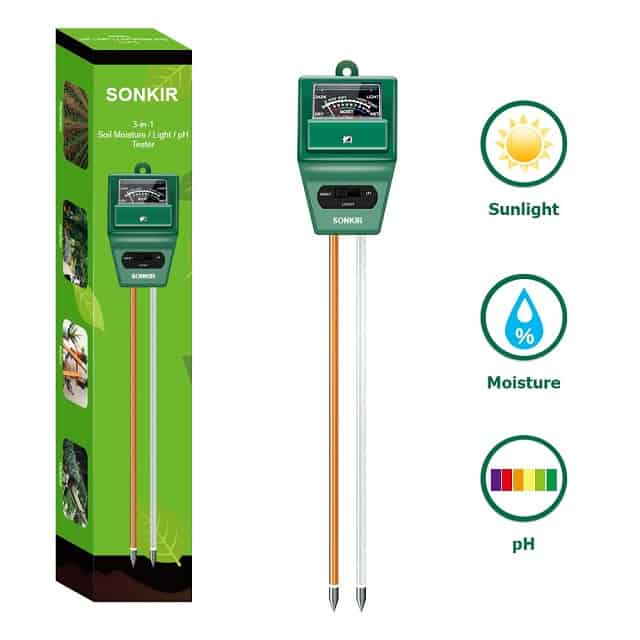
Calendula likes to grow in loose, rich soil with a slightly acidic to neutral 6.0 to 7.0 pH. It’s important to avoid planting calendula in dense wet soil since they can easily get root rot when they have “wet feet”.
An annual application of compost mixed into the top layer of the soil will also help get calendula off to a good start in the spring.
Calendula Water Requirements
Calendula will only need to be watered on a regular basis until the seedlings are fully established. Once the plants have matured they will thrive on rainfall, or they might need occasional watering during prolonged periods without any rain.
Calendula Temperature Requirements
Calendula prefers to grow in moderate temperatures, and in extreme heat, they can die back or stop blooming until the heat of summer starts to abate.
Calendula Humidity Requirements
Calendula will grow in a wide range of humidity levels, but it generally prefers to grow at 60% to 85% Relative Humidity.
Calendula Fertilizer Requirements
Calendula does not need much fertilizer and most soils will provide all the nutrients calendula needs. When growing calendula in depleted soil you can apply a half-strength 10-10-10 NPK fertilizer every 2 to 4 weeks.
Starting Calendula Indoors
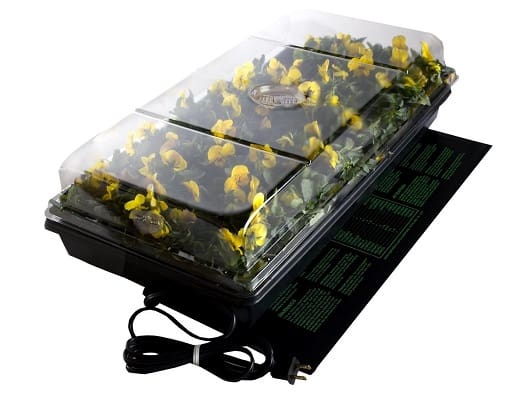
You can start Calendula seeds indoors in a heated seed-starting tray 6 to 8 weeks before the last frost in your area. Cover the seeds with a loose potting soil mix that has very good drainage. Then keep the soil moist and the calendula seeds will germinate 10 to 15 days.
Once the seedlings emerge you can move them to a sunny window, or place them under an LED Grown Light (Buy Online). When the seedlings have at least two full sets of true leaves you can start to harden them off before transplanting them into your garden.
Starting Calendula From Seed in a Flower Bed
Calendula can be sown directly into a flower bed once all danger of frost has passed in your area. Sow the seeds thinly and cover them with a 1/4-inch layer of soil. Keep watering the seeds daily until the seedlings emerge in 1 to 2 weeks.
How To Grow Calendula in Containers
Taller varieties of Calendula can be hard to grow in pots but shorter varieties can be grown in containers. If you plan on growing calendula in containers use a loose potting soil mix that doesn’t retain too much moisture since calendula hates having “wet feet”.
Deadheading Calendula
Calendula will produce flowers all season long if you deadhead the spent blooms before they set seed. This will focus the plant’s energy on pushing out more flowers instead of setting seeds.
Calendula Pests
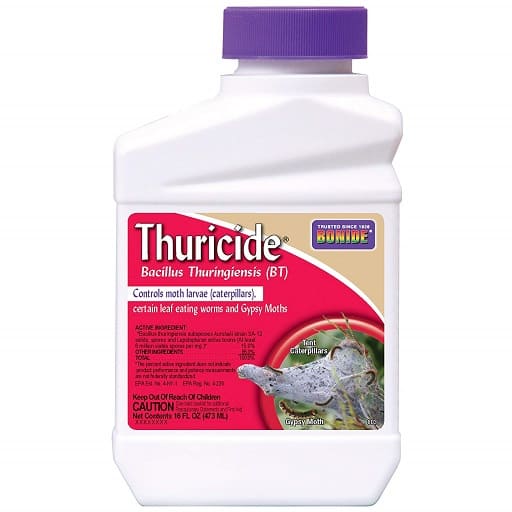
Calendula doesn’t have many insect pests but aphid infestations can sometimes crop up in the spring. Insecticidal powders can be used to treat any infested plants, or you can use a dilute soap spray to treat a mild aphid infestation.
Calendula Diseases
Calendula is pretty resistant to disease, but in cool damp conditions, it can be susceptible to powdery mildew, which usually isn’t a big deal since it only crops up towards the end of the growing season.


